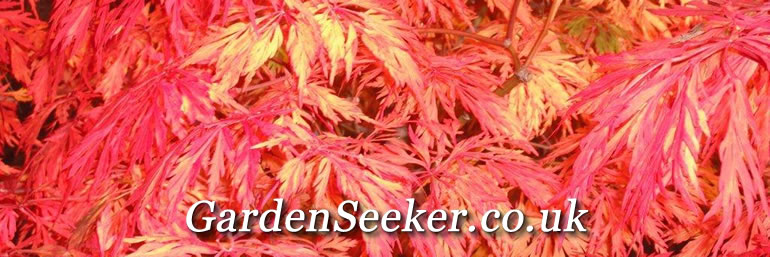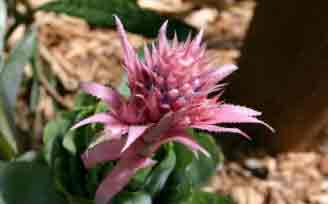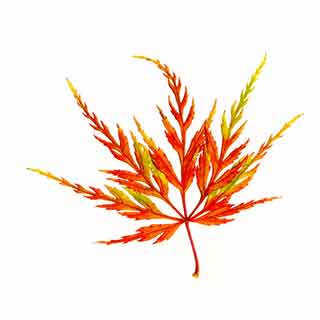

The Plant: Urn Plants - sometimes called Vase plants are tough, leathery, plants, with broad, strap-like leaves forming a central ‘reservoir’ which holds water - the Urn! Occasionally produces brush-like red/pink flowers.
Normally grown as a houseplant, Urn Plants can also be grown outside in summer months, in which case, remember that it is mainly an Epiphyte. It normally grows in crotches of tree branches - using the live tree for its 'host'! If you have the space indoors, and can allow regular water splashes and high humidity, then there is little to equal the Epiphytes growing on an old branch.
There are many Epiphytic plants that can be grown in association with Billbergias, conveniently sharing the same cultural requirements..
It does not feed from the host plant, but gets its food source from the air!.
 The Urn Plant, a bromeliad. Originates
from South America.
The Urn Plant, a bromeliad. Originates
from South America.
The Aechmea group of plants, when grown indoors, needs warmth , humidity and protect ion from winter chill. In particular, it is prone to cold damage if grown on a windowsill throughout the winter months. Good light but no direct sun is the essential ingredient. It will be difficult to mirror the habitat which is natural. How can you possible get dappled sunlight, or replicate a rain forest?
Potting compost should be mixed with gravel, vermiculite, bark-chippings, or pot ‘crocks’, to promote very good drainage. This plant prefers a moist top to a soggy bottom! Regular misting is necessary , and this goes against our general thoughts on misting! But, we are not talking here of an occasional squirt.
Most will have to grow their their Billbergias in pots. An advantage of growing in pots - as distinct from on a log - is that the pot can easily be moved from one place to another!
Feed your Urn Plants weekly in growing season, reducing watering and feeding in winter. A general houseplant feed will do, but bear in mind that in its natural habitat, Billbergias will be anchored into old leaf debris, and extracting Nitrogen from the air! Aechmea s thrives in warm humid conditions. (Originates from Amazon rainforest). Avoid cold. This tough plant can suffer from scale pest. It enjoys having its central 'urn' filled with water. This is what happens in the wild.
There are a number of flower types for the general family of Urns, most of them with brilliant colours - which attract insects for pollinating in a not to brightly lit environment. One thing that needs to be borne in mind is that the Aechmeas will only flower once per 'urn'! Fear not, for after that flower - which often signifies the death of its 'parent' Urn, it will send out new off shoots at the base.
These off shoots can then be grown as an impressive and expanding clump, or carefully removed and potted up singly, but in a propagator or covered with a clear plastic bag to conserve a humid environment. Upon rooting, remove from propagator or bag gradually to allow acclimatization from the enclosed humid environment..
Architectural plant, stands alone.
